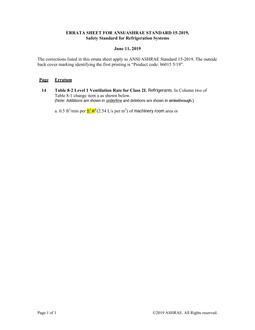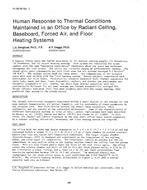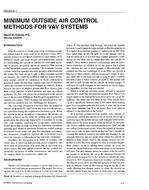The objective of this paper is to simulate different domestic hot water (DHW) systems to study their fuel consumption, greenhouse gas (GHG) emissions, and 30-year life-cycle costs. This study is composed of two parts. In the first part of the study, tests were performed using the TRNSYS simulation model (TESS 2011) for seventeen different DHW systems. These systems include two-panel solar-based systems with electric and gas backup tanks, modulating gas combo boilers, on-demand gas water heaters, and conventional electric and gas hot water tanks.
Results showed that a DHW system with solar preheat with TOU electric backup (0.94) with timers is the best system for energy consumption and GHG emissions. This system uses 1.22 MWh of electricity and produces 266 kg (586 lb) of GHG emissions. A DHW system with a high-efficiency on-demand modulating gas combo boiler with gray-water heat recovery is the best system in terms of 30-year life-cycle cost (CAN $12,332, US $11,839).
In the second part of the study, a hybrid water heating system for the Net Zero Energy Healthy Housing project located in Toronto was simulated using the TRNSYS model, and sensitivity analysis was performed. The purpose of the sensitivity analysis was to study the effects of various components in the hybrid model on electricity consumption and GHG emissions per year. In total, 96 different scenarios of the hybrid models were tested.
The results conclude that a hybrid system with a gray-water heat recovery unit achieves 80% reduction in electricity cost and GHG emissions when compared with conventional systems without gray-water heat recovery units. The hybrid system with 225 L (59 gal) daily hot water demand and auxiliary setpoint temperature at 60°C (140°F) has the lowest payback period. It was also concluded that the hybrid system results are not sensitive to the preheat tank size.
Citation: ASHRAE Transactions, Volume 117, Part 2, Montreal, QC
Product Details
- Published:
- 2011
- Number of Pages:
- 15
- File Size:
- 1 file , 1000 KB
- Product Code(s):
- D-ML-11-004


